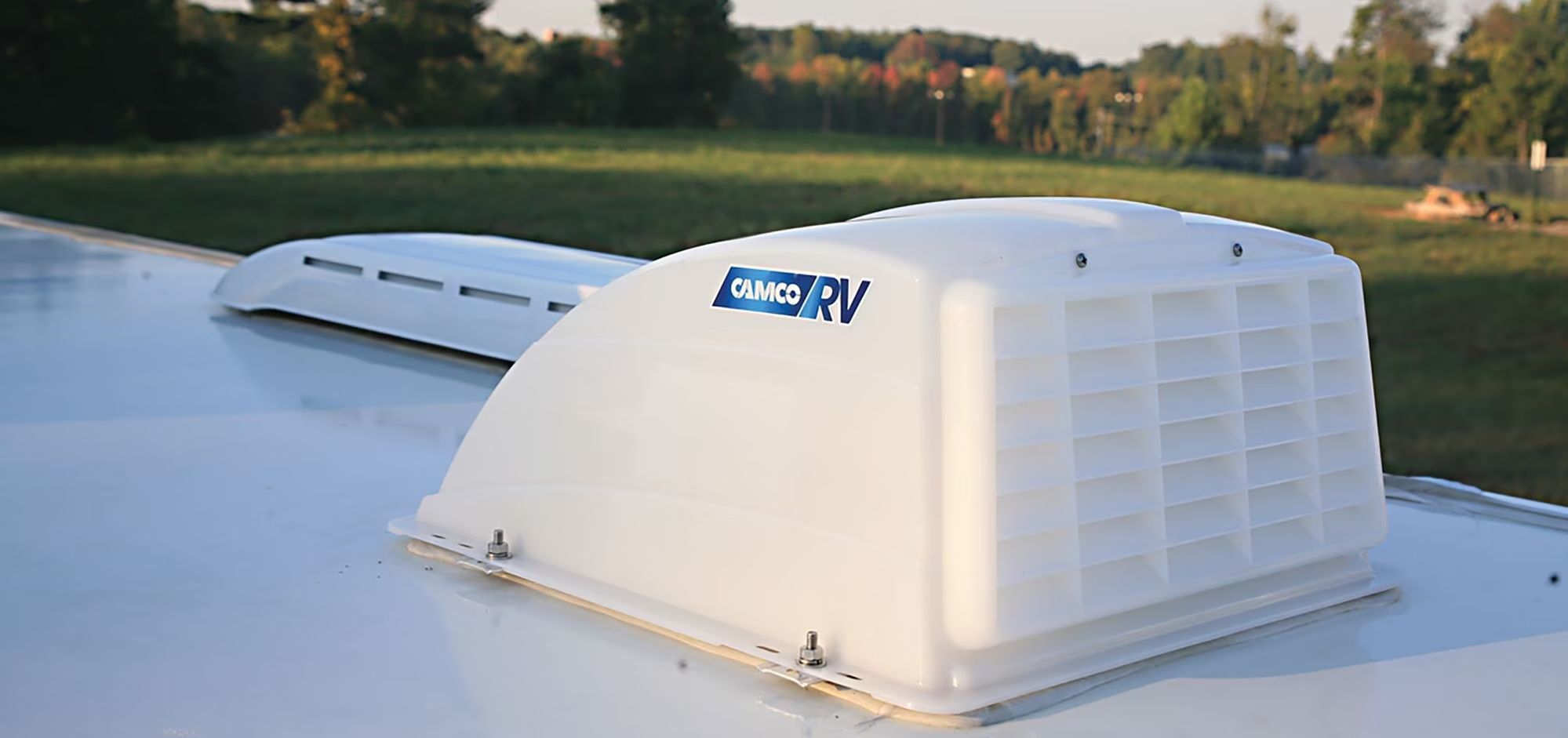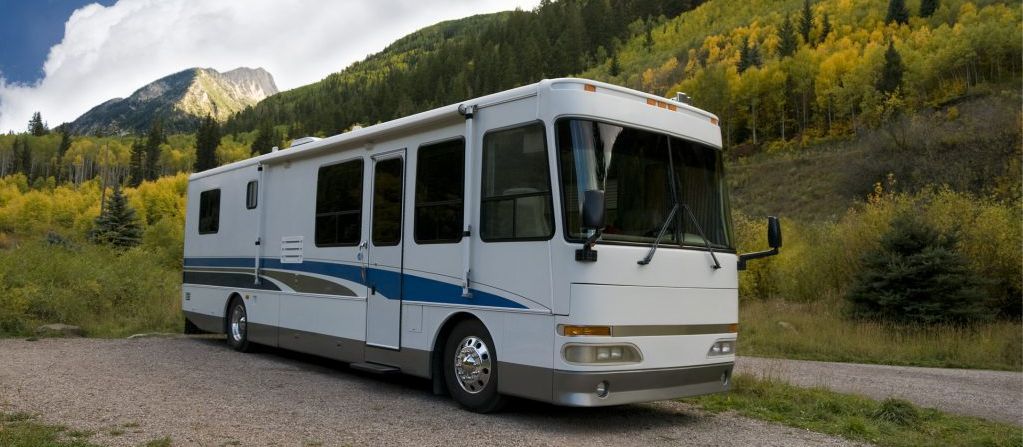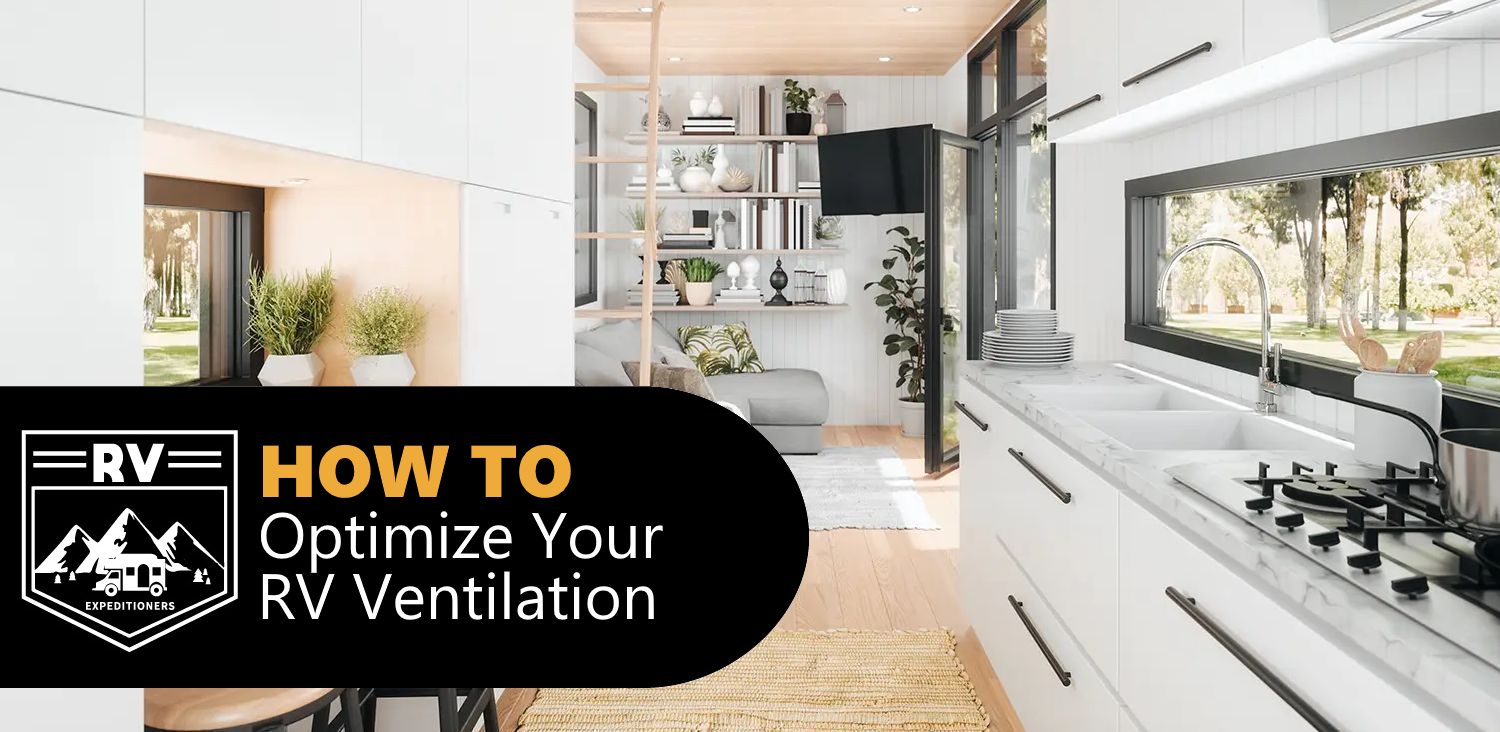Ever woken up in your RV to fogged-up windows, stuffy air, or the lingering smell of last night’s dinner?
That’s your RV ventilation system asking for a little love. Proper airflow inside your rig can make the difference between a fresh, comfortable space - and one that feels like a sealed-up shoebox.
Good ventilation isn’t just about comfort.
It plays a big role in moisture control, temperature balance, and even your health.
Whether you’re camping in the summer heat or riding out a rainy weekend, your RV’s ventilation system keeps things breathable.
In this guide, we’ll break down what your RV ventilation system includes, how to maintain it, and common issues to look out for.
Whether you're a weekend warrior or a full-time traveler, a few small tweaks can make your space feel open, airy, and totally livable.

RV VEnTILATION MAINTENANCE
What Does the RV Ventilation System Include?
An RV’s ventilation setup might not seem complex at first glance - but it’s doing more behind the scenes than you think. It includes:
- Roof Vents (Manual or Powered): These are your primary tools for moving air in and out. Some include fans (like MaxxAir or Fantastic Fan models) to help circulate more effectively.
- Range Hood Vent: This exhaust fan helps remove steam, smoke, and cooking smells directly from the kitchen area.
- Bathroom Vent Fan: A crucial component for preventing humidity buildup and odors in the bathroom, especially when showering or using the toilet.
- Windows and Screen Doors: Passive airflow tools that, when used correctly, can naturally cool your space and prevent condensation.
- Floor or Wall Vents: These are part of your RV’s HVAC system and help distribute conditioned air throughout the cabin.
RV VENTILATION MAINTENANCE
Why RV Ventilation Is So Important
You might not think much about airflow until something smells weird or moisture starts building up.
But the benefits of good ventilation are huge:
Controls Humidity and Prevents Mold: Moisture from showers, cooking, and even breathing can build up quickly in a small space. Ventilation helps reduce dampness and prevent mold and mildew.
Keeps Air Fresh and Odor-Free: Whether it’s campfire smoke, pet smells, or yesterday’s chili, moving stale air out and fresh air in keeps your RV feeling clean and breathable.
Improves Air Quality: Especially important if you or your passengers suffer from allergies or asthma. Vents help remove dust, pollen, and airborne irritants from your living space.
Helps Regulate Temperature: On warmer days, proper ventilation can pull hot air out and help your AC work more efficiently by reducing the indoor temperature naturally.
Enhances Safety: Ventilation removes carbon monoxide, propane fumes, and other potentially dangerous gases that can accumulate from appliances or generators.

RV VENTILATION MAINTENANCE
How to Maintain Your RV Ventilation System
Keeping your ventilation system in top shape doesn’t require a lot of effort, but it does need regular attention. Here’s your to-do list:
Clean Roof Vents and Fans
- Remove any built-up dust, cobwebs, or debris from around vent openings and fan blades using a soft cloth or compressed air. This prevents blockages and improves airflow throughout your rig.
Lubricate Moving Parts
- Roof vent cranks, hinges, and powered fan motors benefit from light lubrication. This reduces squeaking, extends their lifespan, and keeps them opening and closing smoothly year-round.
Check Vent Screens and Covers
- Damaged screens allow bugs in and reduce air quality. Make sure all screens are intact, and clean them regularly to prevent airflow restriction from dirt or grease buildup.
Inspect Seals Around Vents
- Look for cracks or signs of wear in the caulking around roof vents. Poor seals can lead to water leaks and long-term damage to your ceiling and insulation.
Test All Fan Functions
- Turn on powered fans (in the bathroom, kitchen, and roof vents) to make sure they run at full speed without strange noises. Slow or noisy fans may need cleaning or replacement.
Replace Filters if Equipped
- Some high-end fan systems include air filters. Replace them as needed to maintain clean airflow, especially during dusty or pollen-heavy travel seasons.
RV VENTILATION MAINTENANCE
Common RV Ventilation Problems (and Fixes)
Even with regular care, problems pop up. Here’s what to watch for and what you can do:
Roof Vent Won’t Open or Close
- What’s happening: Crank mechanism is stuck or stripped, or the cover is warped.
- What to do: Lubricate the crank, check for obstructions, or replace damaged parts. In some cases, a full vent cover replacement is a quick fix.
Fan Isn’t Turning On
- What’s happening: Could be a blown fuse, loose wire, or bad motor.
- What to do: Check your fuse box first. If the fuse is good, inspect connections and try testing the motor with a 12V source. Replace if unresponsive.
Vent Is Letting in Rain
- What’s happening: The vent cover may be cracked or missing. Seals could be deteriorated.
- What to do: Replace vent covers with high-profile or rain-resistant versions (like MaxxAir vent covers), and reseal with RV-safe lap sealant.
Cooking Smells Stick Around
- What’s happening: Range hood vent may be clogged, fan weak, or filter dirty.
- What to do: Clean or replace filters, and make sure the external flap opens fully when the fan runs.
Condensation on Windows or Walls
- What’s happening: Not enough airflow—especially at night or in cool, damp weather.
- What to do: Run vent fans slightly open, crack a window for cross-ventilation, or use a small dehumidifier to reduce internal moisture.

RV VENTILATION MAINTENANCE
Tips to Maximize RV Ventilation
Here’s how to make the most of your system without needing upgrades:
- Create Cross-Ventilation: Open a window on one side of your RV and a roof vent on the other side. This helps air move through naturally, cooling and refreshing your space.
- Use Vent Covers for All-Weather Airflow: Install vent covers that allow you to keep roof vents cracked open—even in the rain—without worrying about leaks.
- Ventilate While Showering or Cooking: Always run your bathroom and range hood fans while using these spaces. It keeps humidity and odors from building up inside.
- Add a Box Fan or Clip-on Fan: These inexpensive additions can improve airflow in larger RVs or push warm air out more quickly on hot days.
- Check Airflow Pathways: Make sure storage bins, luggage, or gear aren’t blocking your air returns, vents, or fans.
RV VENTILATION MAINTENANCE
When to Upgrade Your RV Ventilation System
Sometimes, your current system just can’t keep up. If that’s the case, consider these upgrades:
Install a MaxxAir or Fantastic Fan: These roof vent fans are powerful, quiet, and remote-controlled—offering far better performance than standard factory units.
Add a Rain Shield Cover: Lets you keep vents open in wet weather without water getting inside. It’s a small investment that adds a lot of peace of mind.
Switch to Thermostat-Controlled Vent Fans: These fans turn on and off automatically based on inside temperature, keeping things cool without you having to think about it.
Upgrade to Vent Fans with Reversible Flow: These allow you to pull air in or push it out, depending on your comfort needs.

RV VENTILATION MAINTENANCE
Final Thoughts: Breathe Easy in Your RV
You don’t need to suffer through stuffy, smelly, or damp conditions just because you're in a small space.
A well-maintained RV ventilation system makes life on the road cleaner, safer, and way more comfortable.
So crack those windows, fire up those fans, and give your vents a little attention.
Your lungs (and fellow passengers) will thank you.
TOP of RV Ventilation System Maintenance
BACK to Guide to HVAC Maintenance
HOME to RVExpeditioners Main Page

